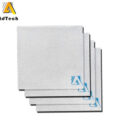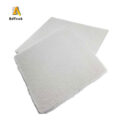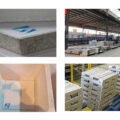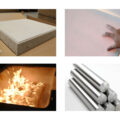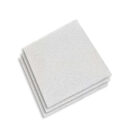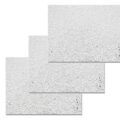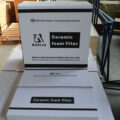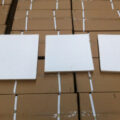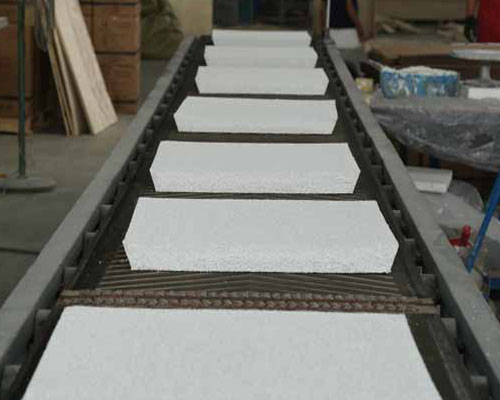
Alumina Ceramic Foam Filters For Aluminium can remove impurities in aluminum melt and make aluminium castings have long-term durability. The primary requirement of the aluminum casting industry is to provide high-quality products to the market for use by other manufacturing units. This will benefit users because the quality of the product is very good and it provides many opportunities to improve its functionality.
Therefore, when the aluminum casting industry depends on many other industries, the quality of the castings must be good. This can be achieved by using a durable ceramic filter through which molten metal or alloy enters the mold, resulting in higher quality castings.
Most die casting industries use ceramic foam filters to remove impurities from molten metals or alloys. Due to the use of this filtering process, the design of the casting has a certain degree of strength and robustness. Most industries are using this filter to obtain high-standard products, which can be used in different manufacturing units.
In addition, the demand for refined and high-quality products may be greater than the demand for porous and rough items. Due to the presence of many impurities in molten metal and higher requirements for high-quality products, the use of ceramic filters is becoming more and more popular in these industries. Since cast products in the mold manufacturing industry can be used in various other equipment, they must have different shapes.
Ceramic filters for foundry help to achieve this goal, and filters help to provide castings in different shapes. Ceramic foam filter also has a good purification system. Therefore, many industries have replaced filters and produced more demanding products, so that higher quality products can be used in other industries.
Alumina Ceramic Foam Filters For Aluminium divide the molten metal into many small streams when it flows through the ceramic body with complex structure, which increases the contact area and contact probability of the inclusions in the molten metal and the filter medium. Since the surface of the filter is a very small uneven surface, it has electrostatic adsorption and cat-attachment effects on inclusions.





